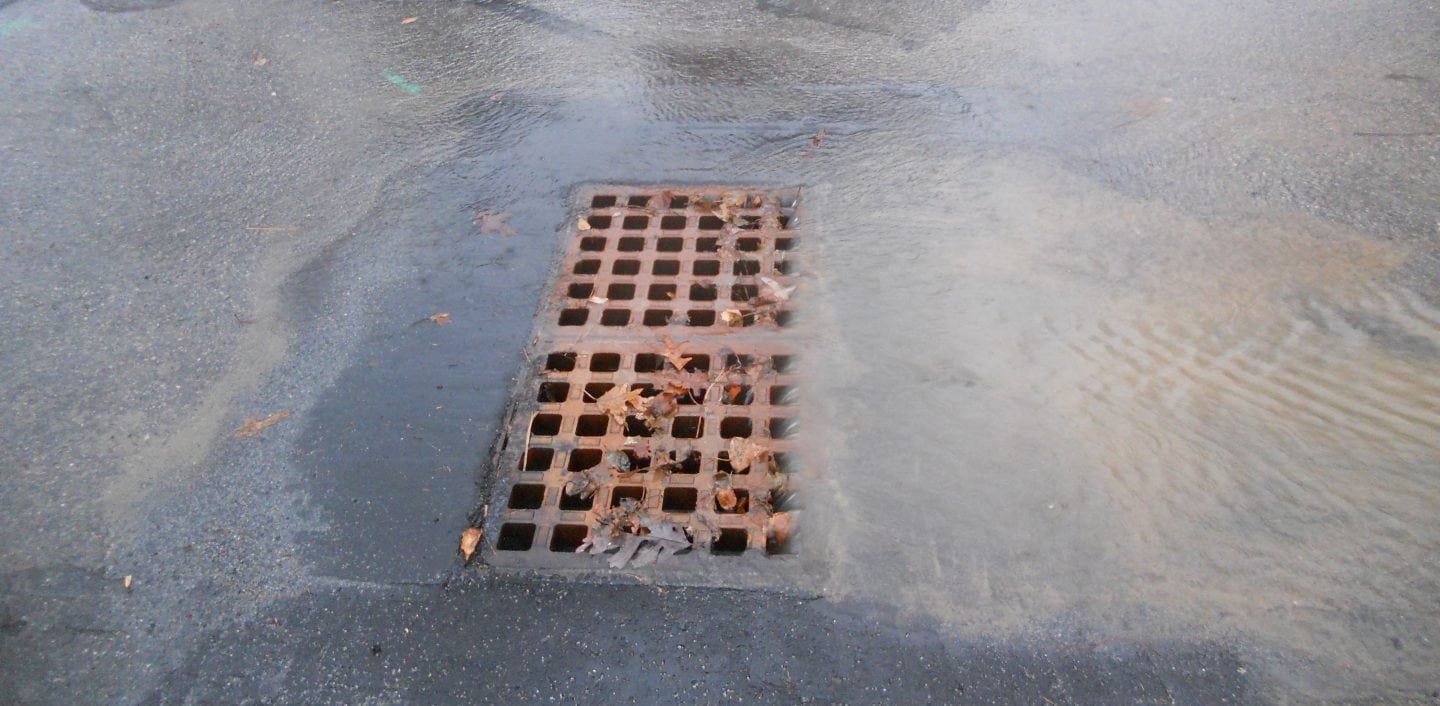Watershed Management Plan
Needham, Massachusetts

The Town of Needham and BETA worked closely together to develop an innovative, forward-thinking plan outlining a methodology to address Total Watershed Management for the entire community. As part of this effort, the Watershed Management Plan identified and organized information about Needham’s watersheds in a way that enhances the development and implementation of projects to enhance water quality and beneficial uses. The report puts forth a logical plan that is easy to follow and provides Town forces with a clear strategy to manage stormwater.
BETA began by obtaining and reviewing previous plans and studies of the stormwater system, available soil data both from NCRS and from field data obtained from previous construction, FEMA flood maps, historical flooding areas as observed by Town officials, EPA receiving water quality, and the most recent draft MS4 permit.
The Town was divided into 16 subwatersheds using drainage infrastructure, topography, physical barriers (railway & aqueduct), receiving waterbodies and EPA’s subwatersheds for these waterbodies, and subwatersheds tributary to neighboring towns. Excluded from these watersheds were DCR and DOT-owned parcels as well as land deeded as open space in perpetuity. Soil information was identified by drainage category and a GIS map was created overlaying the newly created subwatershed boundaries, drainage system, and soils. Data from this map was used to populate a matrix to classify and prioritize each subwatershed and target priority contaminates based on receiving water quality. The top 6 priority sub-watersheds were identified and examined in further detail. Potential opportunities were identified from Town-owned parcels with good soils and opportunities for infiltration and treatment. All of the recommendations were designed to meet or exceed the intent of the draft MA MS4 permit.
Other items addressed in the study include:
• BMP and LID recommendation toolbox
• Climate change recommendations
• Stormwater policy and bylaw guidance
• Historical and ongoing BMP and LID installation tracking for future PCP credit
• Watershed-based sampling program
• Field testing recommendations


